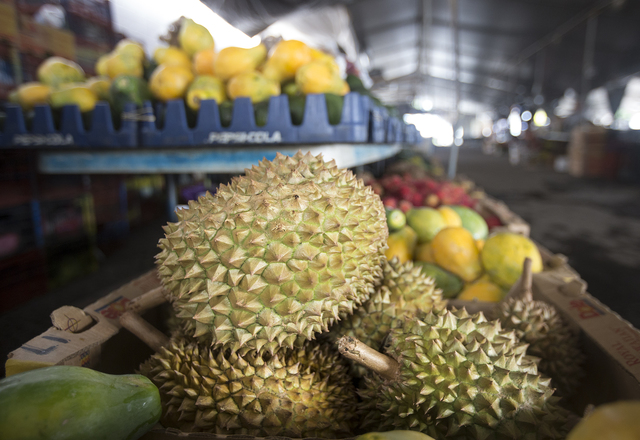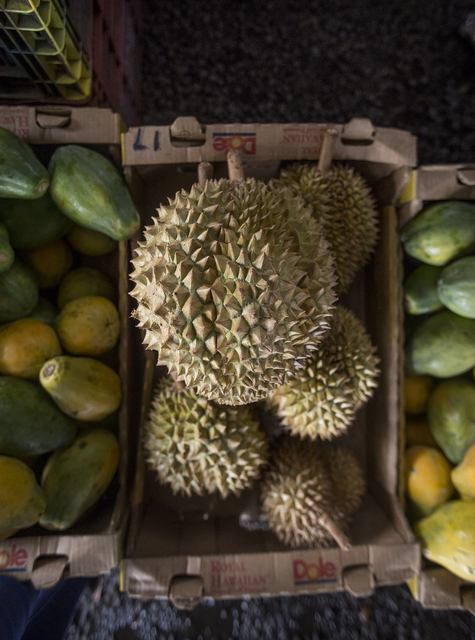The push to get more tropical fruit trees in the hands of growers around Hawaii received help this month with the publication of a statewide survey that shines light on current trends. ADVERTISING The push to get more tropical fruit
The push to get more tropical fruit trees in the hands of growers around Hawaii received help this month with the publication of a statewide survey that shines light on current trends.
The survey, conducted by the Hawaii Tropical Fruit Growers and funded with $1,500 from the County of Hawaii’s Department of Research and Development, also could help determine what Hawaii’s next major fruit crops will be.
Ken Love, HTFG executive director, told the Tribune-Herald the group was working with the state to provide 10,000 fruit trees to sell at cost to nurseries. The survey results offer insight as to what tree varieties farmers actually want to grow.
Just over 60 percent of the 138 respondents were from the Big Island.
Currently, citrus trees are the most common statewide, with more than 88 percent of all growers planting them. Avocado and banana were close behind, followed by mango and papaya.
According to the survey, fig trees were the most desired type of tree. Breadfruit was a close second.
“I was really happy that figs were No. 1 of what they (growers) want to plant,” Love said.
Figs, he said, have a high income-per-square-foot ratio, allowing growers to garner more income from each tree. He also is hoping to see more durian grown, because there is good export potential for the fruit.
Farmers also listed jackfruit, dragonfruit, passionfruit, mangosteen, jaboticaba and lychee as varieties they would like to plant.
The University of Hawaii’s College of Tropical Agriculture and Human Resources assisted with analysis of the survey results.
CTAHR assistant researcher Alyssa Cho said she was struck not only by the diversity of the fruits people were interested in growing, but by the variety of fruits already being cultivated.
“You think of coffee and papaya and macadamia as our most important tree crops,” she said.
The fruit tree initiative began when the grower’s association tried to purchase Sharwil avocado trees to provide to new farmers. They found that the average price of a tree was $60.
“When trees cost 60 bucks, it’s hard for new farmers to get into it,” Love said.
“We can’t afford to grow local with the way things (costs) are.”
Hawaii still imports most of its fruit supply, as underscored by one citrus example offered by Love.
“We grow and sell 40,000 pounds of lemons and bring in 40 million pounds,” he said.
Love grows about 300 different types of fruit on his land in Captain Cook, largely to test how new varieties will fare in Hawaii.
He said the average fruit tree farm in Kona is a little more than 3 acres (“In terms of the mainland, it’s nothing”).
The biggest limitations to expanding Hawaii’s commercial crops are land and labor.
“A lot of fruit is hand harvested,” Cho said. “There’s a very limited amount of peole willing to do that work.”
Email Ivy Ashe at iashe@hawaiitribune-herald.com.




